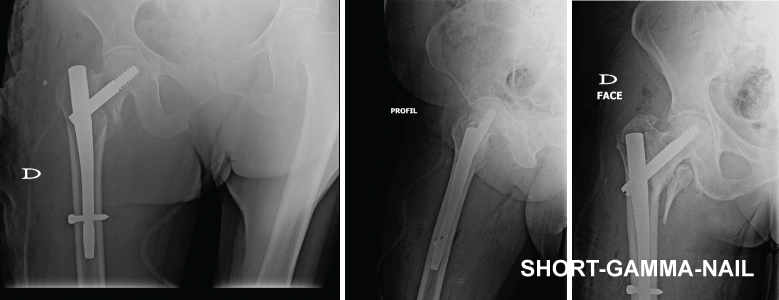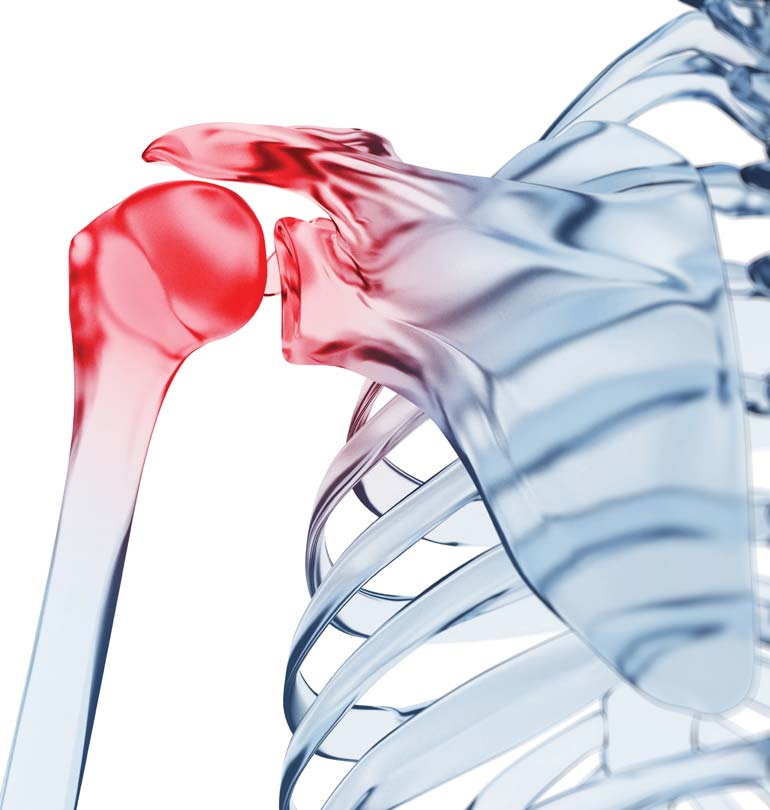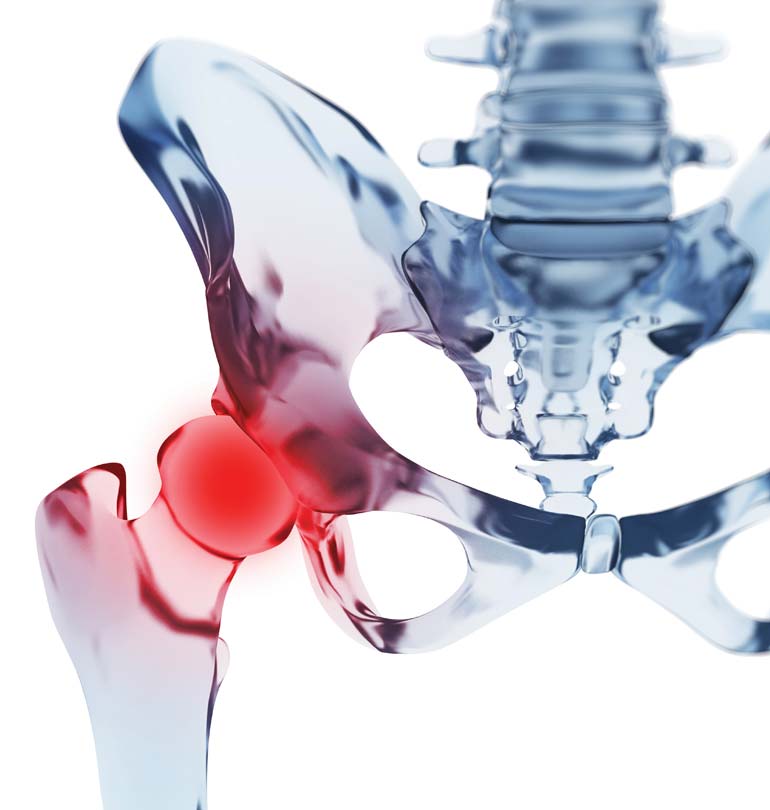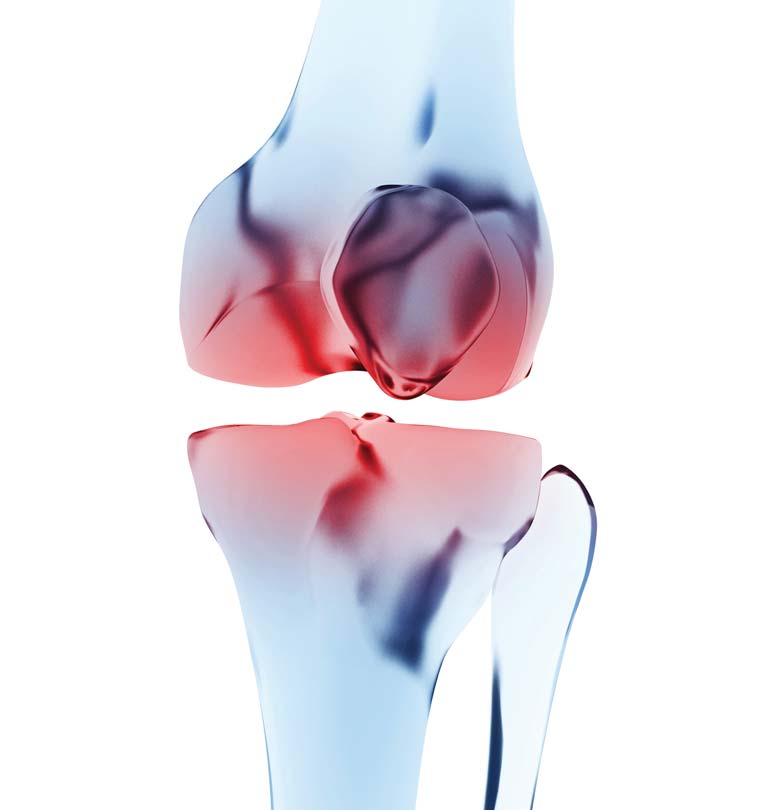
PATHOLOGIES
Hip fracture of the elderly
They represent a real risk of disability and death in any elderly person healthy or not.
These are fractures of the proximal femur. They are of 2 types:
- The true fractures of the femoral neck : fracture trait affects only the femoral neck between the femoral head and the rest of the shaft and whose movement determines the treatment.
- Trochanteric fractures affecting the rest of the proximal femur without reaching the neck- head continuity. These fractures are often displaced.
The management of these injuries is almost exclusively surgical.
It must be fast and efficient. Several recent surgical methods are proposed to restore the autonomy of patients from the 1st day.

DIAGNOSTIC
Often easier in a context where a patient has fallen and complains of:
- Hip pain
- Difficulty or inability to walk.
- Deviation of the lower limb in external rotation of the foot.
Frontal and profile X-rays profile for the diagnosis and therapeutic choices.
TREATMENT
It is surgical and must be done in the shortest possible time to facilitate quick recovery. Former methods requiring postoperative rest in bed should be for discontinued.
Depending on the type of fracture, 2 surgical methods are proposed:
- Osteosynthesis: is to reduce and stabilize the fracture. Currently the preference is for internal osteosynthesis with short gamma nail, types that allow immediate support and effective rehabilitation.
- the hip implants: for displaced fractures of the neck. They are often total or intermediary depending on age. With careful placement and a good choice of the prosthesis, it allows recovery of autonomy and a normal life.
FOLLOW-UP
Surgery that is done early on and with immediate support allows for a better outcome with fewer complications.
We must begin immediate rehabilitation with a walker, reassure the patient and facilitate the resumption of their activities.








